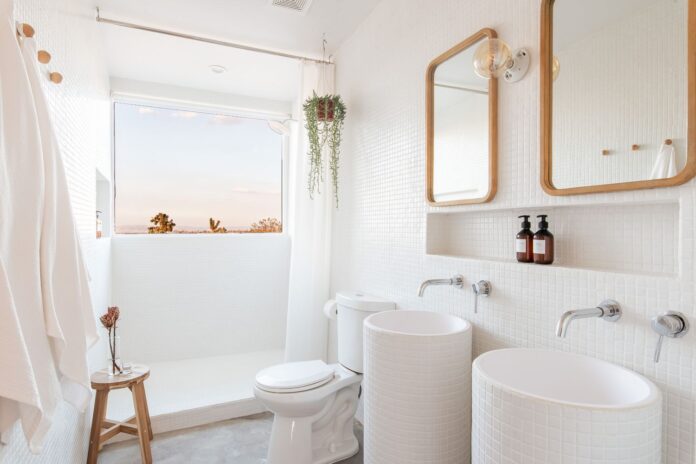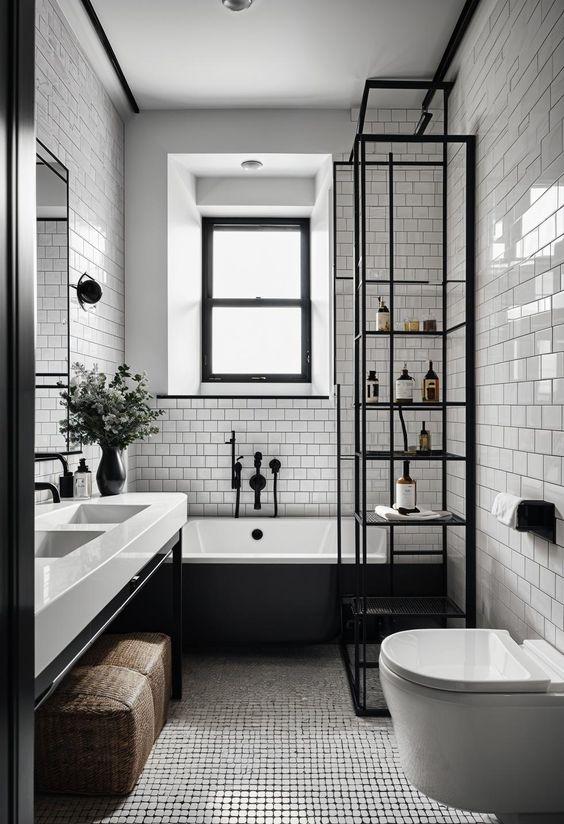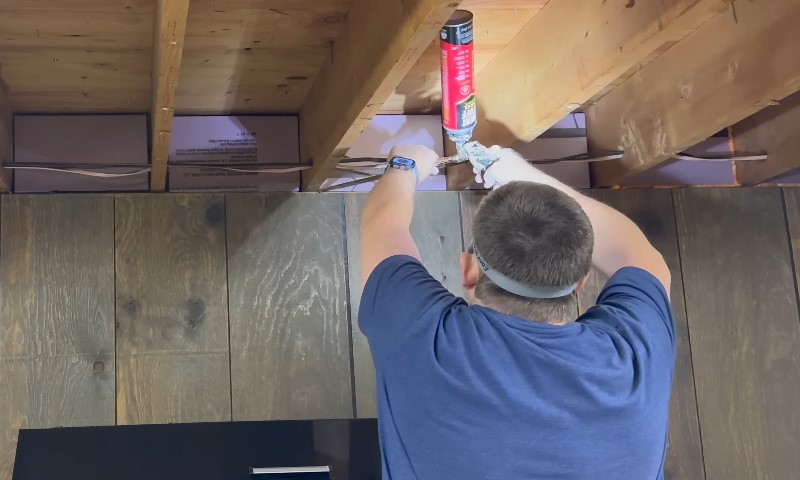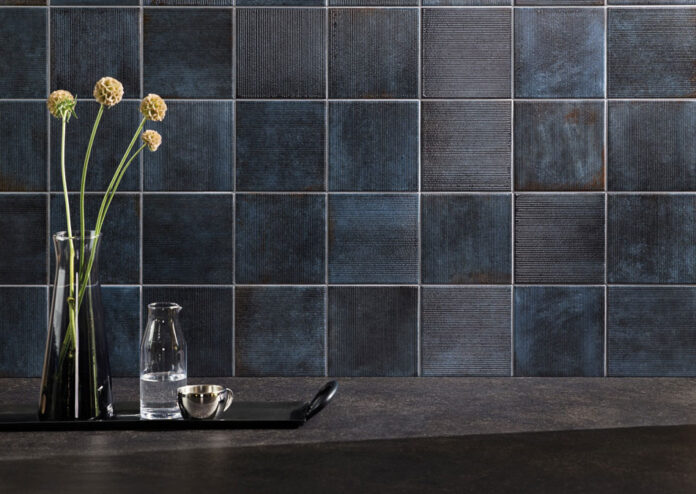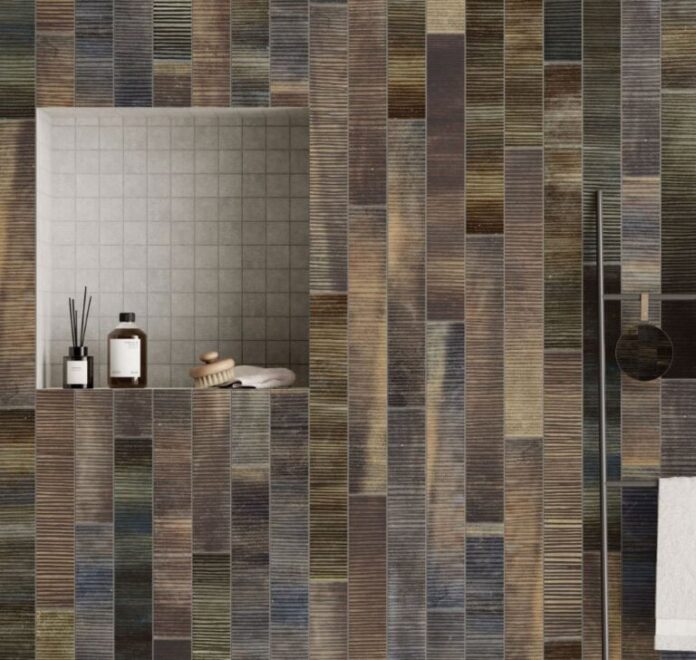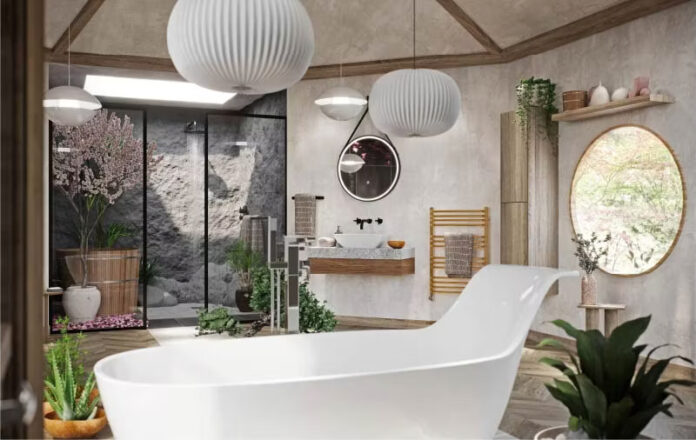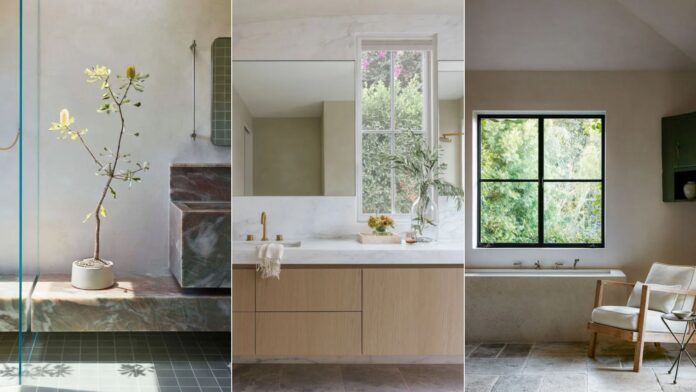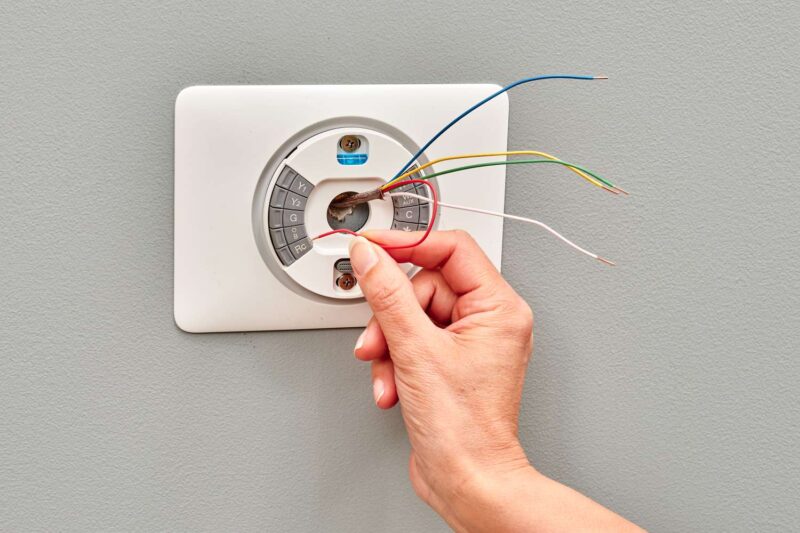There’s a particular joy in the early days of moving into a new place that echoes when you step into an empty room, the promise of making it yours, the excitement of decorating just the way you imagined. Then reality strikes. Furniture is expensive; appliances cost a bomb, and even a small sofa can drain your budget before the month ends.
That’s usually when people in Bangalore discover what everyone’s been whispering about, renting. It’s a smart way to live today. From finding furniture on rent to getting appliances on rent, the city’s young crowd has learnt that ownership isn’t everything. Flexibility is.
When Renting Becomes the Better Choice
Walk into any shared apartment or co-living space, and you’ll see the shift right away. People no longer want to own everything; they want access. They want comfort now, without the baggage later. Need a refrigerator? Get a fridge on rent. Moving out next year? No problem, return it. Want to rent a washing machine because laundry piles up every weekend? Just add it to your cart.
When you rent furniture in Bangalore, you don’t have to worry about movers, storage, or repairs. You select what you like online, a cozy bed, a dining table, maybe even a couple of chairs for your balcony, and it arrives, ready to use.
And if you happen to rent from platforms like Guarented, that wait barely lasts three days. They usually deliver within 72 hours. Plus, their pricing makes it easy to smile even at the end of the month. Furniture starts around ₹55 and appliances from ₹128, lower than your coffee bill from the weekend.

Life Happens. Renting Helps.
Bangalore’s crowd is always on the move, job changes, flat hopping, or exploring another neighborhood because “Indiranagar rent got too high this year.” In such a fast-shifting life, long-term investments rarely make sense. That’s where appliances on rent and flexible furniture options really shine.
Think about it. You move into a half-empty apartment on Saturday. By Tuesday, there’s a comfy couch, a rent washing machine, and a solid wooden bed in your room. By Wednesday, you’re living comfortably, all without spending a fortune.
The Emotional Simplicity of Renting
There’s something freeing about not owning everything you use. You’re not attached to stuff; you’re attached to experiences. Renting gives that freedom back. Want to upgrade next year? Want to try a different design? Just swap it.
And there’s no guilt involved. No worrying about resale or maintenance. Every furniture or appliance piece is checked, refurbished, and sanitized before delivery. That’s why those who rent appliances in Bangalore rarely switch back to buying. Once you see how smooth and flexible the process is, you don’t want the old stress back.
The Money Side of the Story
Let’s be honest, cost matters. Imagine setting up your home from scratch. A fridge might easily cost ₹15,000, a washing machine another ₹12,000, and basic furniture another ₹20,000. That’s ₹40,000–₹50,000 gone before you’ve even moved in. Renting changes this math completely.
For less than the cost of one fancy dinner, you can have a fully functional home setup. For students, newly married couples, or first-job professionals, that difference is life-changing. With services like Guarented offering furniture on rent and appliances on rent at such pocket-friendly prices, living comfortably no longer requires huge savings.

A Greener, Kinder Way to Live
Beyond affordability, there’s also an environmental win. Renting automatically reduces waste. Every time you rent furniture instead of buying new, you save materials, manufacturing energy, and transportation emissions. A reused fridge on rent or a repurposed rent washing machine helps the planet breathe easier.
Bangalore has always been an early adopter of mindful living, from eco-markets to green communities, and renting fits beautifully into that mindset. You live sustainably without losing out on convenience.
Delivery That Actually Keeps Its Promise
Let’s be real – waiting weeks for deliveries that never come on time is exhausting. That’s another area where Guarented does something simple yet impactful; they deliver within 72 hours, and they actually mean it. No false promises, no vague “next week” responses. Just an efficient, reliable service that understands how impatient city life can get.
It’s one of those tiny details that make the renting experience feel… effortless.
Designed Homes, Not Just Filled Rooms
One of the nicest things about renting today is the design freedom it gives you. It’s not about dumping random furniture in your room anymore. You get to browse through modern, elegant pieces, sleek wooden wardrobes, soft fabric sofas, ergonomic chairs, cozy beds, everything looks premium, feels comfortable, and adds personality to your space.
Appliances follow the same pattern. Whether you need a compact rent fridge for a small flat or a family-sized model for your new home, there’s always an option that fits just right, in size, budget, and style.
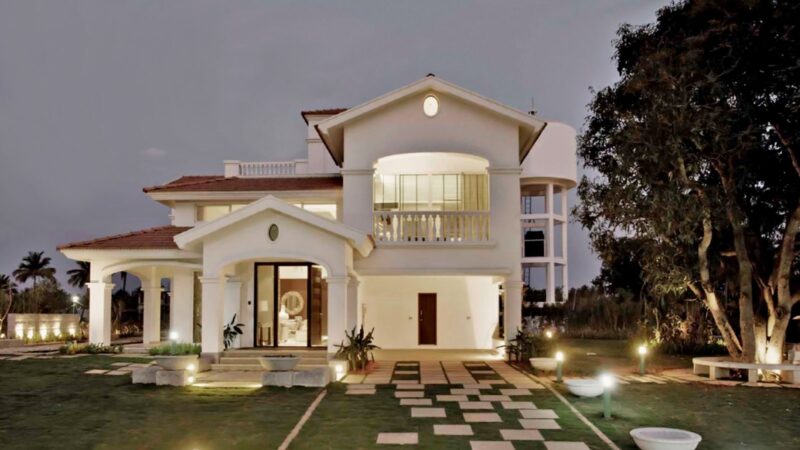
Bangalore and Its New Way of Living
There’s a reason why this rental trend fits so beautifully into Bangalore. The city moves fast, dreams big, and rarely stays still. People chase passion projects, switch jobs, join start-ups, and explore new corners of the city every few years. You can’t lug bulky furniture through all that. But you can carry your taste, and that’s where renting wins.
Choosing to rent furniture in Bangalore or rent appliances in Bangalore isn’t just a financial call; it’s a lifestyle choice. It’s how people here keep things simple but stylish, practical, but aspirational.
Wrapping It Up
Setting up a comfortable home no longer needs an endless budget or long waits. With rentals becoming mainstream, it’s possible to live well, spend less, and move freely, all at once. Platforms like Guarented are quietly making that possible every day with low prices, quick delivery, and quality that feels new.
So whether you’re eyeing a sleek dining set, a fridge on rent, or your first rent washing machine, the path to comfort is no longer complicated. Just rent what you need, when you need it, and let your home grow along with you.
After all, the best homes aren’t built overnight; they’re built with smart choices.







